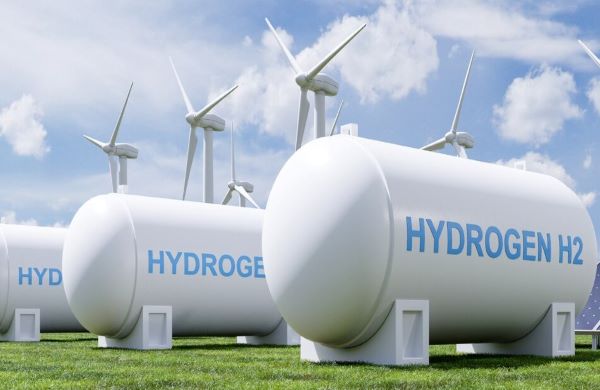Currently, India produces 6.5 million metric tonnes per annum (MMTPA) of hydrogen

India is currently the third-largest economy in the world in terms of energy needs, and the country’s demand for energy is set to surge – demand is estimated to grow 35% by 2030.
In 2022, India’s energy import bill was $185 billion, a figure that is sure to rise if the country continues to supply its growing energy demand through traditional methods.
At the same time, India set a commitment to achieve net zero by 2070 at the United Nations Climate Change Conference in Glasgow (COP26), held in 2021. At the Glasgow summit, India’s Prime Minister, Narendra Modi, said: “Today the whole world believes that India is the only big economy which has delivered both in letter and spirit on the Paris commitment. We are making every effort with determination.”
Green hydrogen is critical to help meet India’s energy security needs while reducing emissions in hard-to-abate sectors on the path to net zero. Recognizing this, the Indian government launched the National Green Hydrogen Mission in early 2022. The aim is to spur green hydrogen production and consumption through roughly $2.3 billion in incentive funding, to be distributed between 2022 and 2030.
Currently, India produces 6.5 million metric tonnes per annum (MMTPA) of hydrogen, predominantly for use in crude-oil refineries and fertilizer production. Most of the country’s current hydrogen supply is grey hydrogen, which is produced using fossil fuels in a process that creates CO2 gas emissions.
The National Green Hydrogen Mission set a target for the production of 5 MMTPA of green hydrogen by 2030 — equivalent to roughly half of India’s projected overall hydrogen demand of 11 MMTPA at that time. Green hydrogen production requires an ample supply of renewable energy for the electrolysis process. Fortunately, India’s renewable energy potential can support its goals for green hydrogen growth but needs rapid capacity addition – additional capacity is required to generate green hydrogen as well as to meet the country’s electricity needs. The country’s solar energy potential alone is estimated at 748 gigawatts (GW) at full capacity. Currently, total installed solar capacity in India sits at 70GW, or 9% of its total potential.
However, there is limited on-the-ground traction for green hydrogen in the country, and interviews with important players indicate that most are in a “wait-and-watch” phase. Many expect sizeable production of green hydrogen to take effect beginning in 2027 and after.
Important constraints for the expansion of green hydrogen in India include, on the supply side, the cost of production and delivery, and, on the demand side, Indian players’ readiness to consume green hydrogen in traditional industrial processes.
Supported by in-depth analysis of cost and demand drivers of green hydrogen, as well as interviews with industry players and government agencies, this report proposes five goals that, if met, can accelerate the offtake of green hydrogen in India.
These goals can provide impetus to the green hydrogen demand-and-supply ecosystem by aiming to achieve the following:
– On the supply side, a cost of $2/kg of hydrogen to reach cost-parity with grey hydrogen
– On the demand side, enabling end industries to offtake green hydrogen by creating incentives for its use
Subscribe to our newsletter & stay updated.